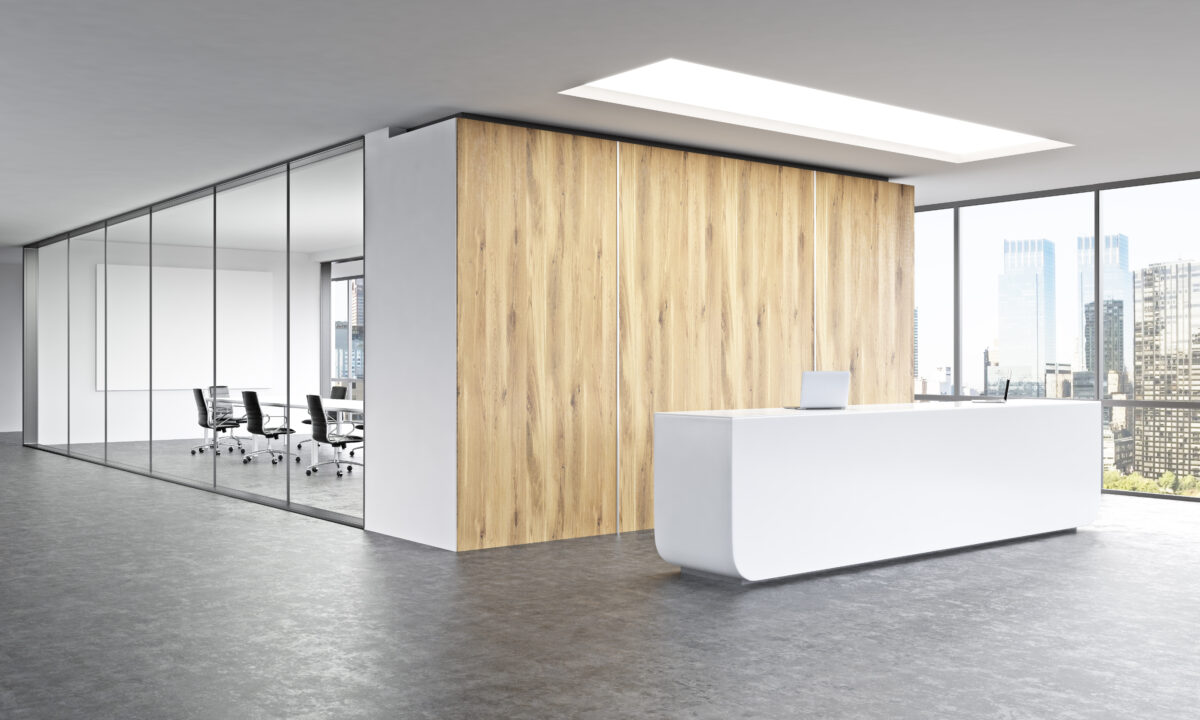How interior designers leverage CoolVu window film and architectural finishes
Interior designers can leverage window film and architectural finishes to enhance client spaces in several ways:
1. Privacy and Visual Appeal: Window films can provide privacy without sacrificing natural light. Interior designers can use frosted or decorative films on windows in areas where privacy is desired, such as conference rooms, bathrooms, or private offices. These films can also add visual interest and create unique design elements, enhancing the overall aesthetic of the space.
2. Light Control and Glare Reduction: Window films can help regulate the amount of sunlight entering a space, reducing glare and improving occupant comfort. Interior designers can select films with different levels of light transmission and heat rejection properties to create a more pleasant and functional environment. This is especially useful in spaces with large windows or areas that experience direct sunlight.
3. Energy Efficiency: Certain window films are designed to improve energy efficiency by reducing heat gain or loss through windows. By incorporating energy-efficient films into their designs, interior designers can help clients save on heating and cooling costs while creating more sustainable spaces. This is particularly relevant in regions with extreme weather conditions.
4. UV Protection and Furniture Preservation: Window films can block a significant portion of harmful ultraviolet (UV) radiation, which can cause fading and damage to furniture, flooring, and artwork. Interior designers can recommend UV-blocking films to protect valuable interior elements, ensuring their longevity and reducing the need for frequent replacement or restoration.
5. Branding and Graphics: Window films can be used to display brand logos, signage, or graphics on glass surfaces. Interior designers can work with clients to integrate their branding elements into the window film design, creating a cohesive and professional look throughout the space. This is especially relevant in commercial settings, such as retail stores, offices, or hospitality venues.
6. Noise Reduction: Some window films have acoustic properties that can help reduce outside noise, providing a more peaceful and comfortable environment for occupants. Interior designers can select soundproofing films in areas that require noise control, such as conference rooms, waiting areas, or spaces located near busy streets.
7. Customization and Aesthetics: Architectural finishes, such as decorative window films, offer a wide range of patterns, textures, and colors. Interior designers can leverage these options to create unique and customized designs that align with the client’s vision and overall interior aesthetic. Window films can be used as a design element to add texture, depth, or focal points within a space.
By integrating window film and architectural finishes strategically into their designs, interior designers can improve the functionality, aesthetics, and overall experience of client spaces. It is important for designers to collaborate closely with window film experts and suppliers to ensure the selection and installation of the appropriate films for each specific design project.







